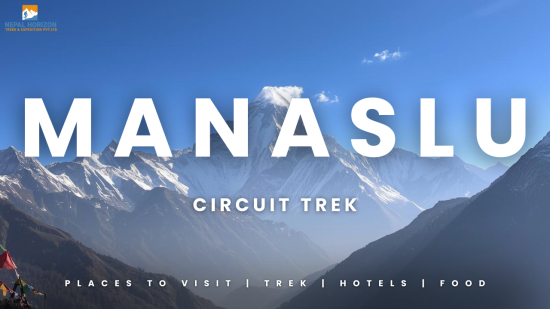How to Prepare for the Kanchenjunga Base Camp Trek: A Detailed Guide
4th January 2025

The Kanchenjunga Base Camp Trek is an amazing adventure that takes you to one of the highest mountains in the world. It is located in eastern Nepal, this trek offers beautiful landscapes, remote villages, and a rich cultural experience. However, it’s a challenging trek, so it’s important to be well-prepared. In this guide, we’ll help you get ready for your trek to Kanchenjunga Base Camp with Nepal Horizon.
1. Get in Shape: Physical Preparation
To complete the Kanchenjunga Base Camp Trek, you need to be physically prepared. The trek can be tough, while steep climbs and high altitudes.
How to Train:
- Cardio Exercises: Running, Cycling, or Swimming will improve your stamina.
- Leg Strength: Focus on exercise like squats and lunges to strengthen your legs for uphill climbs.
- Hike: Practice by going on shorter hikes with a bagpack to get used to carting weight.
2. Be Mentally Ready
The trek can be challenging not physically but also mentally. Be ready for long days of walking, changing weather, and sometimes slower progress due to altitude.
Mental Tips:
- Stay Positive: Focus on your goal and enjoy the journey.
- Be Flexible: Weather or other factors may change your schedule. Be adaptable and patient.
- Take Your Time: Go at your own pace. It’s not a race, so enjoy the stunning views along the way.
3. Pack Smart: What to Bring
Packing is important for a comfortable trek. Here’s what you should bring:
Clothing:
- Trekking Boots: Comfortable, waterproof boots with good ankle support.
- Base Layers: Moisture- wicking shirts and thermals to keep you dry.
- Mid-Layer: Fleece or down jacket for warmth.
- Outer Layer: Waterproof and windproof jacket and plants.
- Socks: Wool socks to keep feet warm.
- Gloves and Hat: Warm gloves a hat for a cold weather.
Other Essentials:
- Backpack: A small daypack (35-50L) for carrying your essentials.
- Trekking Poles: Helpful for stability on steep parts of the trail.
- Water Bottle: keep yourself hydrated and throughout the trek.
- Headlamp or torchlight: A headlamp or torchlight for early morning or evening walks.
- Sleeping Bag: A four-season sleeping bag that can handle as low as -10°C (14°F)
Health and Safety:
- First-Aid Kit: Basic medical supplies like painkillers, band-aids, and altitude sickness tablets.
- Water Purification: A way to purify water.
- Snacks: Energy bars, nuts, and chocolate for quick energy.
4. Acclimatization: Get Used to the Altitude
Kanchenjunga Base Camp is a high altitude (over 5,000 meters), so it’s important to give your body time to adjust to the thinner air.
How to Acclimatize:
- Climb High, Sleep Low: Go higher during a day, but sleep at lower altitudes to help your body adjust.
- Rest days: Plan rest days in places like Ghunsa or Sele La to give your body time to adapt.
- Drink Plenty of Water: Aim for 3-4 liters of water a day to stay hydrated.
5. Choose the Right Trekking Guide
Choosing the right trekking operator is important for your safety and comfort. Nepal Horizon offers experienced guides who will help you every step of the way. Our team is well-trained to ensure your trek is safe and enjoyable. We provide:
- Experience Guide: Our guides know the route and are trained in first aid.
- Porters: Porters to carry your luggage so you can focus on the trek.
- Flexible Itineraries: We create itineraries that allow for acclimatization and a comfortable pace.
- Safe Accommodation: We ensure you have clean, comfortable lodges along the trek.
6. Best Time to Trek
The best times to trek to Kanchenjunga Base Camp are:
- Spring (March to May): Pleasant weather blooming flowers.
- Autumn (September to November): Clear skies dry weather.
Avoid trekking during monsoon season (June to August) because of heavy rain and possible landslides.
7. Managing Altitude Sickness
Altitude sickness can happen when you’re trekking at high altitudes. Symptoms include headache, dizziness, or nausea. To avoid altitude sickness:
- Ascend Slowly: Take your time and follow a gradual ascent to give your body time to adjust.
- Listen to your body: If you feel symptoms of altitude sickness, descend immediately.
- Our Guides: Nepal Horizon guides are trained to recognize altitude sickness and will ensure your safety throughout the trek.
Take the First Step Towards Kanchenjunga Base Camp with Nepal Horizon
The Kanchenjunga Base Camp Trek is an incredible adventure that will make you through some of the most beautiful and remote areas of Nepal. By preparing well, training your body, packing the right gear, and choosing the right guide with Nepal Horizon, you’ll be ready to tackle this challenge trek.
Ready for the adventure of a lifetime? Contact Nepal Horizon today to start planning your trek to Kanchenjunga Base Camp!
Recent From Blogs
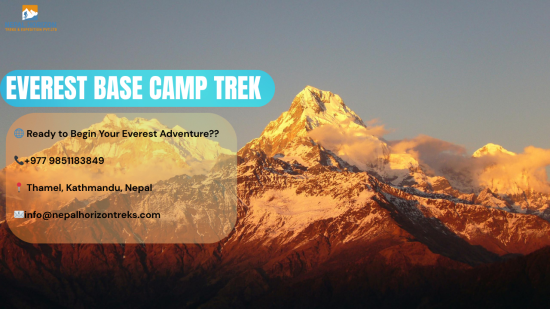
28th October 2025
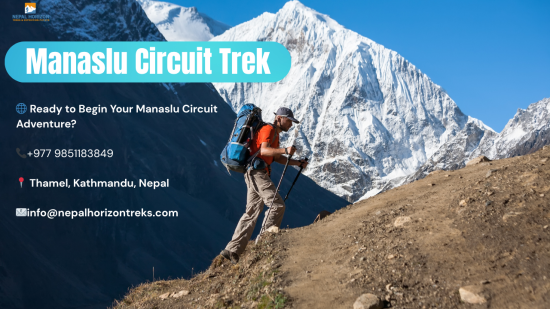
25th October 2025
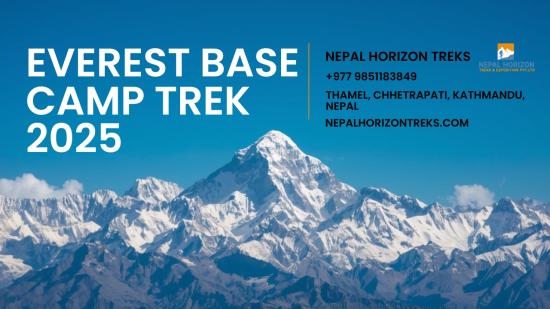
24th October 2025
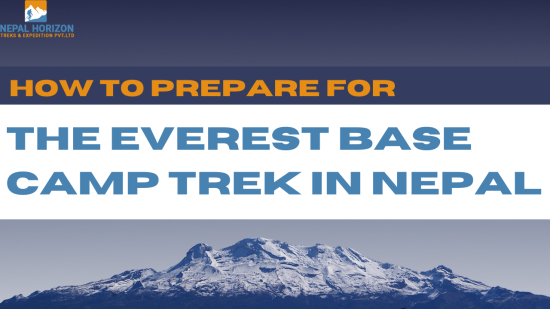
18th October 2025
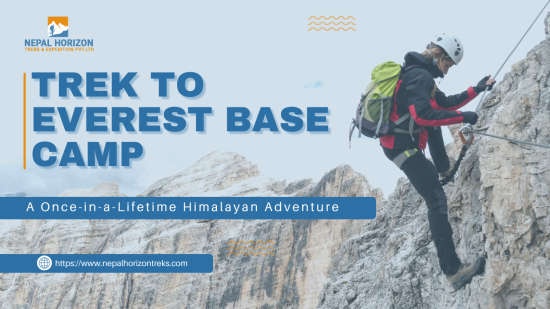
14th October 2025
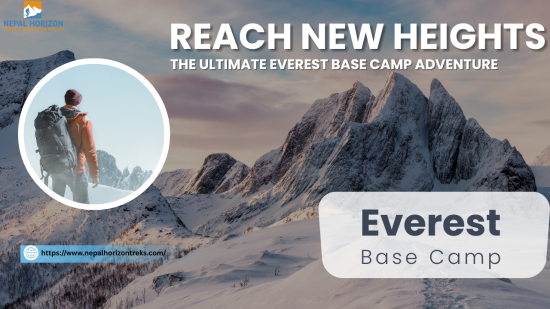
12th October 2025
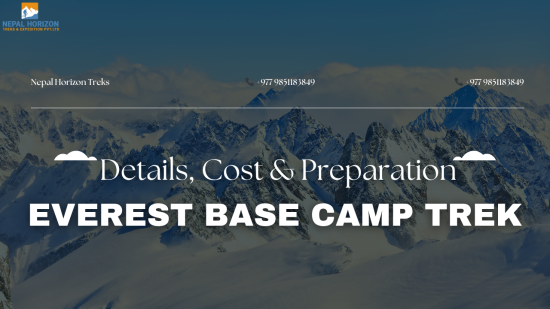
10th October 2025

7th October 2025


